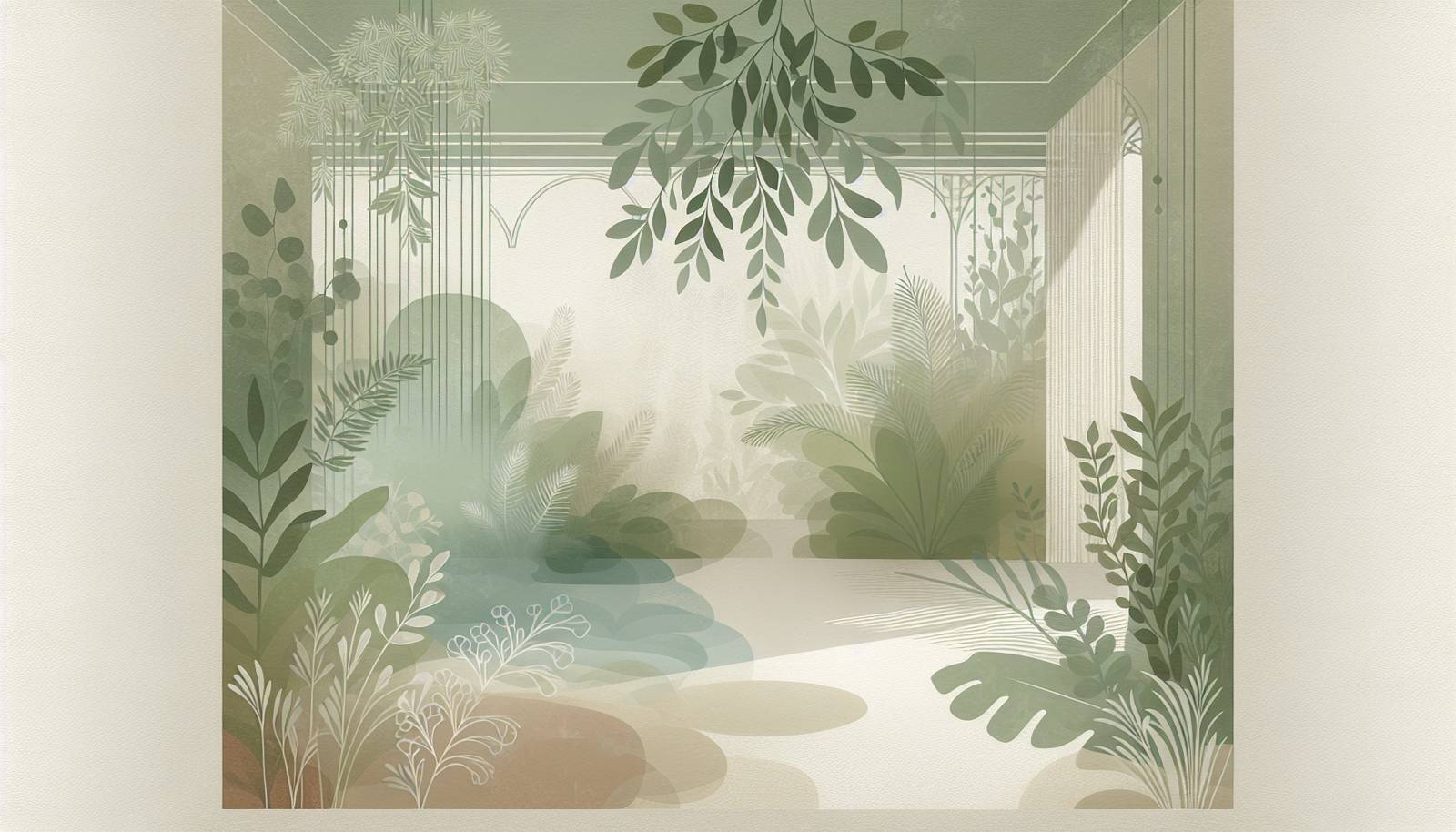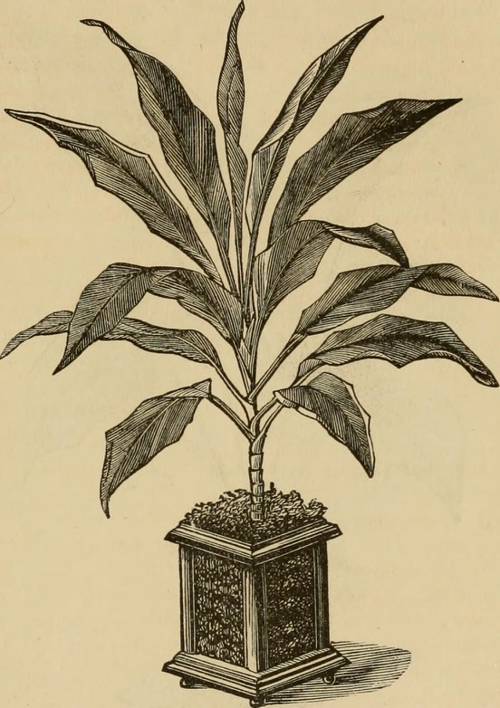
FAQ About Indoor Plant Shade Garden Design

What is an indoor shade garden?
An indoor shade garden is a collection of plants arranged indoors to thrive in shaded or low-light conditions. This type of garden utilizes plants that are well-suited to environments with limited natural light, often featuring foliage with varied colors and textures to enhance aesthetic appeal. Indoor shade gardens are ideal for apartments, offices, or any indoor areas that do not receive direct sunlight.

What are the best plants to use for an indoor shade garden?
Some of the best plants for an indoor shade garden include:
- Snake Plant - Known for its hardy nature and air-purifying qualities.
- Pothos - Offers trailing vines and decorative leaves.
- Spathiphyllum (Peace Lily) - Known for its lush foliage and occasional white flowers.
- Calathea - Features vibrant leaf patterns and requires low light.
- Ferns - Such as Boston ferns, provide a soft, textured appearance.
These plants are particularly well-suited for growing in low-light environments due to their ability to photosynthesize efficiently without direct sunlight.

How do I arrange plants in an indoor shade garden for optimal aesthetics?
To arrange plants in an indoor shade garden effectively, consider the following tips:
- Vary plant heights: Use a mix of tall, medium, and low plants to create layers and depth.
- Group by texture: Combine plants with different leaf textures to add visual interest.
- Color coordination: Balance different shades of green and other foliage colors to complement your interior decor.
- Use decorative pots: Select pots that suit your style and the room’s design to complete the look.
Experimenting with plant arrangement can help achieve a balanced and harmonious indoor environment.

What kind of lighting conditions are suitable for indoor shade gardens?
Indoor shade gardens are ideal for areas with low to indirect light. This includes rooms with north-facing windows, areas away from direct sunlight, or spaces with artificial lighting. Many low-light plants prefer bright, indirect light and can tolerate lower light levels, making them perfect for shaded indoor environments.

How often should I water my indoor shade garden plants?
Watering frequency for indoor shade garden plants depends on the plant species and environmental conditions. Generally, low-light plants require less water than those in direct sunlight. Check the moisture level of the soil regularly – it should be kept moist but not soggy. Typically, watering every 1 to 2 weeks is sufficient, but always allow the top inch of soil to dry out between watering sessions.

Can I use artificial lighting for an indoor shade garden?
Yes, artificial lighting can be used effectively in indoor shade gardens. LED grow lights or fluorescent bulbs are ideal options, as they provide the proper light spectrum needed for plant growth without generating excess heat. Position the lights at an appropriate distance from the plants, typically around 12-24 inches, to mimic natural light conditions.

How can I maintain humidity for indoor shade garden plants?
Indoor shade garden plants often thrive in higher humidity levels. You can maintain humidity by misting the plants regularly, using a pebble tray filled with water under plant pots, or placing a humidifier near your plants. Grouping plants together can also help create a microclimate with higher humidity around them.

What are common pests that affect indoor shade gardens and how can I control them?
Common pests that can affect indoor shade gardens include spider mites, aphids, and fungus gnats. To control these pests, regularly inspect your plants and remove any visible insects. You can use insecticidal soap or neem oil as a treatment. Ensure good air circulation around plants and avoid overwatering to prevent pest infestations.

Is it possible to grow flowers in an indoor shade garden?
Yes, it is possible to grow some flowering plants in an indoor shade garden. While many shade-loving plants are foliage-based, certain species such as Peace Lilies and Anthuriums produce beautiful blooms even under low-light conditions. Choosing the right species is key to success with flowering plants in a shaded environment.

Do indoor shade garden plants require fertilization?
While indoor shade garden plants do not require as frequent fertilization as those grown in bright light, they still benefit from occasional feedings. Use a balanced liquid fertilizer diluted to half strength every month during the growing season (spring and summer). Avoid over-fertilizing as it can lead to salt build-up and harm the plants.

How can I prevent mold or mildew in my indoor shade garden?
To prevent mold or mildew in your indoor shade garden, ensure proper air circulation by spacing plants adequately and using fans if necessary. Avoid overwatering and ensure that each plant's pot has adequate drainage. If you find mold, remove infected leaves and treat the area with a solution of water and a small amount of baking soda or a commercial fungicide.

Can succulents be part of an indoor shade garden?
Most succulents prefer bright, direct sunlight rather than shade, so they are generally not well-suited for indoor shade gardens. However, some species of succulents, such as certain Haworthia or Gasteria, can tolerate lower light levels and may be used in shaded conditions if monitored carefully.

What soil mix is ideal for an indoor shade garden?
An ideal soil mix for an indoor shade garden is one that provides good drainage while retaining enough moisture for the plant roots. A recommended mix could include peat moss, perlite, and potting soil in equal parts. Some plants may require specific soil conditions, so it's important to consider the requirements of the plants you choose.

How can I incorporate indoor shade garden designs with minimal space?
In minimal spaces, focus on vertical gardening such as using hanging planter baskets or wall-mounted vertical gardens. Utilize shelves and plant stands to stack plants at different levels. Choose compact plants that do not require a lot of horizontal space and consider rotating plants to change visual dynamics periodically.

Why are some leaves of my shade plants turning yellow?
Yellowing leaves can be a sign of various issues such as overwatering, nutrient deficiencies, or a lack of light. Check soil moisture levels and reduce watering if the soil is too wet. Ensure you are using a balanced fertilizer appropriately, and if light is inadequate, try relocating the plant to a brighter spot or use supplemental grow lights.

How do I prune my indoor shade garden plants?
Pruning indoor shade garden plants helps maintain their shape and encourage new growth. To prune, use sterilized scissors or pruning shears to remove dead or damaged leaves near the stem’s base. Trim back overgrown parts to promote bushier growth and remove any flowers as needed to redirect energy to foliage production.

Can I use terrariums for indoor shade garden plants?
Yes, terrariums can be an excellent choice for indoor shade garden plants, particularly ferns and mosses that thrive in humid environments. Ensure the terrarium is in a location with indirect light and provide ventilation to prevent excess moisture buildup. Include small rocks at the bottom for drainage and use a well-draining soil mix.

What are the benefits of an indoor shade garden?
Indoor shade gardens provide several benefits, including improving air quality by absorbing carbon dioxide and releasing oxygen, enhancing the aesthetic of indoor spaces with lush greenery, and boosting mood and productivity. They are also relatively low-maintenance, making them suitable for busy or novice gardeners.

How do I know if my indoor shade garden is getting too much light?
If your indoor shade garden is receiving too much light, you may notice signs such as leaf scorch (brown, dry edges), faded leaf colors, or wilting. If these signs occur, consider moving plants to a less bright area or using sheer curtains to diffuse natural light. Monitoring these indicators helps maintain plant health.
